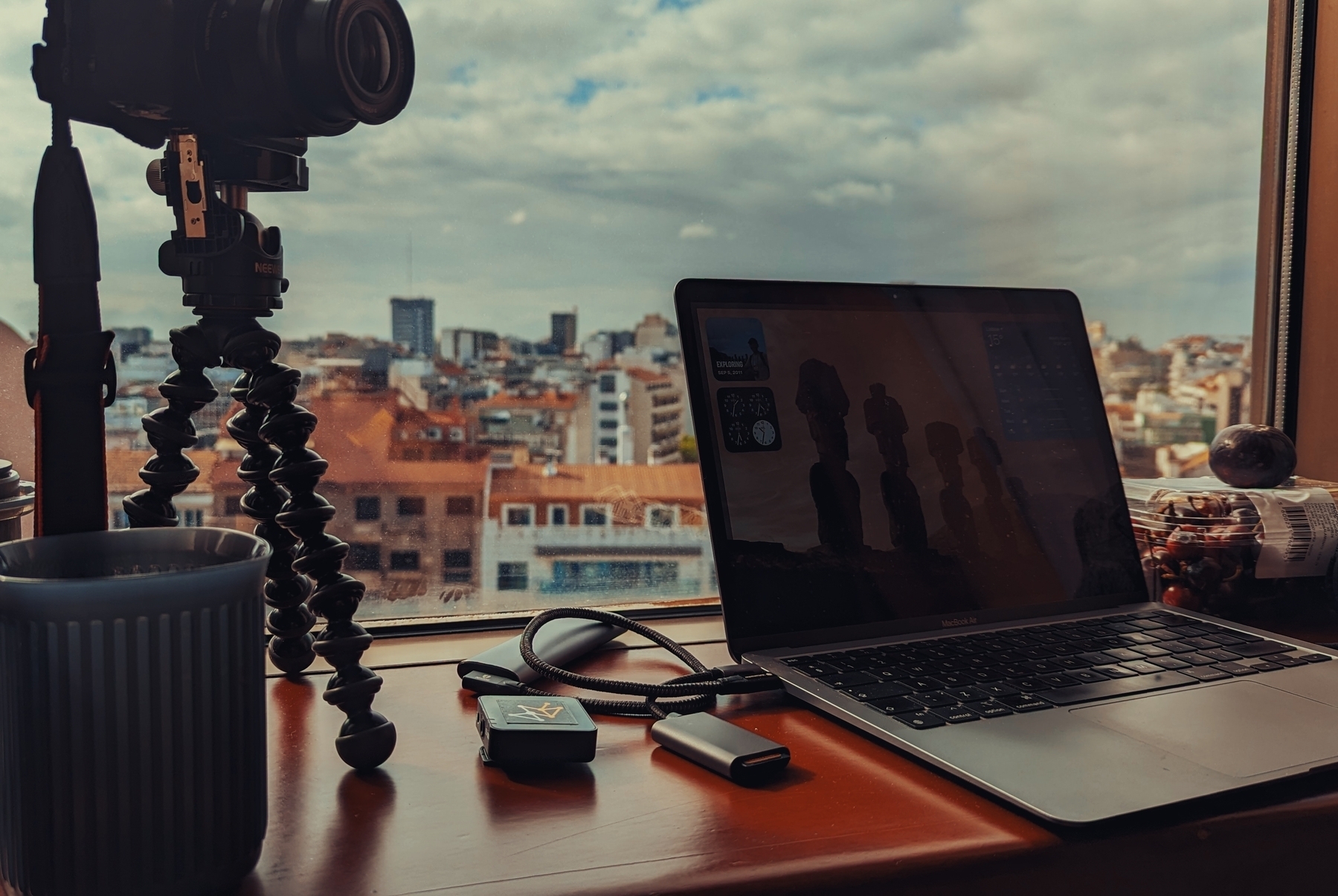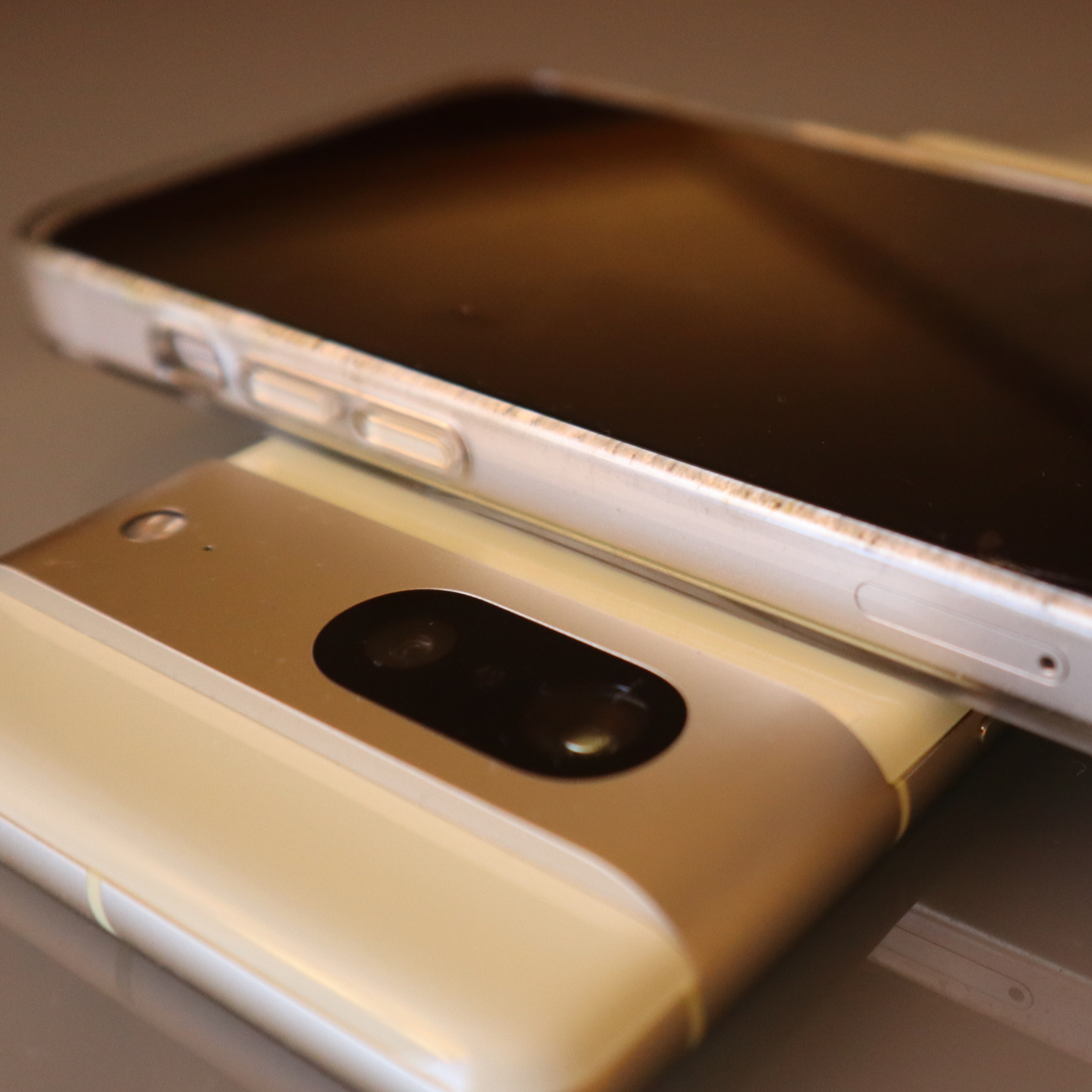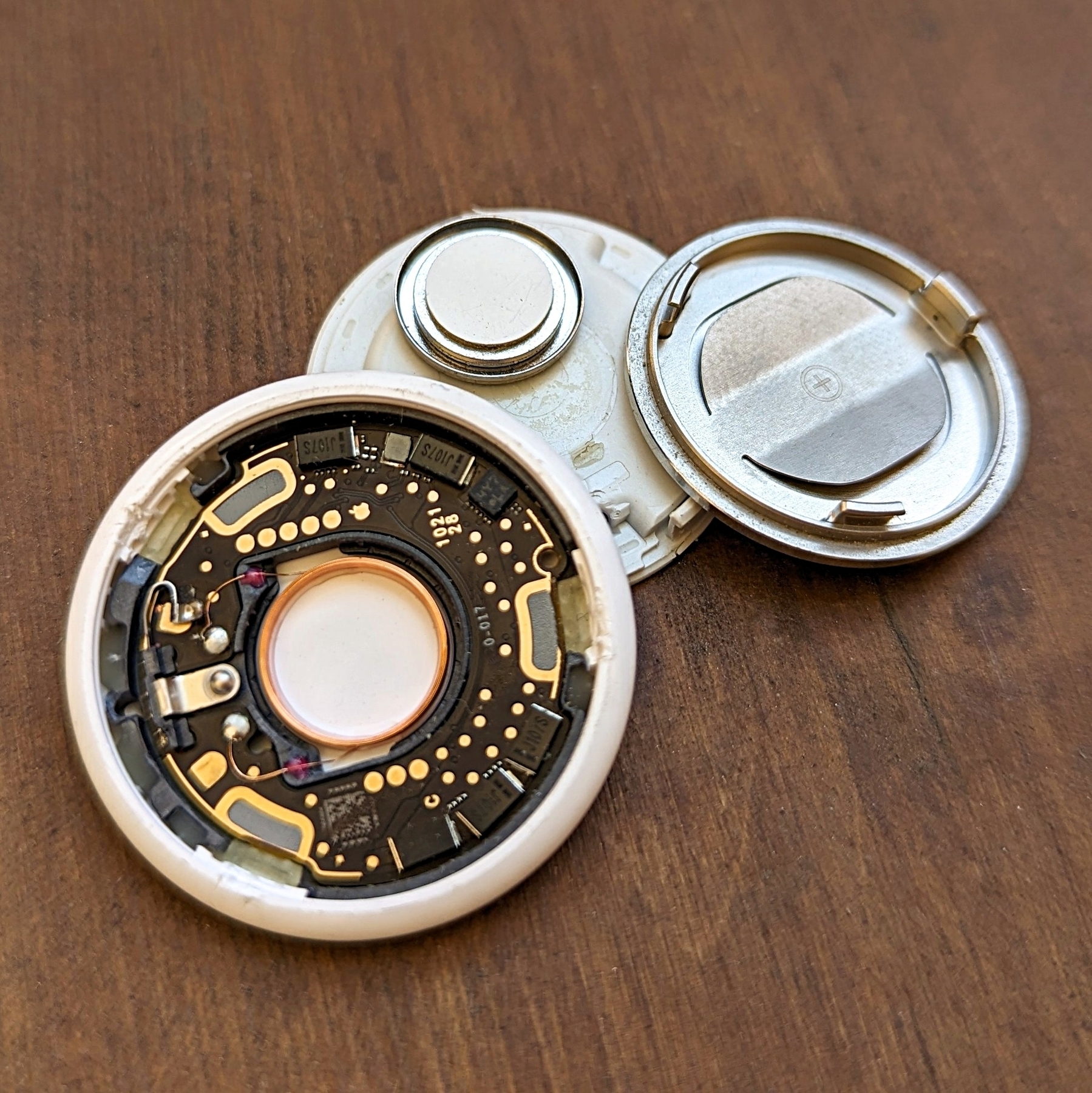Pixel
- Your Data is Yours
- Your Data is Protected
- Your Data is Portable
I'm not taking my chances anymore. From Apple II to Obsidian—My digital memories now stay local.
I can see how appealing something like the Pixel Journal can be to many people. It’s super convenient and will probably be connected to every single Google service—even Gemini—at some point. But just like the iPhone counterpart, in my opinion, it’s yet another way to imprison users in their platforms.
Pixel Journal now available for the Pixel 8 and 9 series. 9to5Google
I’ve lost just about all my digital notes from before 2008 because of how unreliable backup solutions were and the many times I switched to a different system (Apple II, DOS, Windows, and Mac) and software (WordStar, Word, etc.).
Even many of my posts online, which started as static HTML and then moved to proprietary platforms, were lost several times along the way. Thankfully, I could recover some of them by digging through the Internet Archive, but that’s far from ideal.
In 2008 I started using Evernote, which from the very beginning had something called the 3 Laws Of Data Protection:
The “Portable” part is technically true, and I could move all my notes to Obsidian last year, but it’s not as straightforward as they want you to believe. Anyway, I learned my lesson with the process and decided that my precious memories need better care.
I’m not saying Obsidian is for everyone or that it is the best solution, but having my memories in Markdown format and locally saved first gives me an immense peace of mind. I’m not taking my chances anymore; even my blog posts start as Markdown notes and are locally preserved in that format.
Modern travel is weird.
Half of my backpack has clothes. The other half has filming gear and dongles. A bunch of them. Thank you, Apple.

At least, everything I travel with is USB-C compatible, which means there is always a cable available to plug and charge anything. But not exactly everything. Guess what? All of those cables are useless for one device. I’ve been wirelessly charging my wife’s iPhone with my Pixel because she forgot to bring the Lightning cable. Thank you, Apple. Again.

Will I be able to automatically save my Android photos to Apple Photos?
Even though I adore Google Photos and the endless slideshows on the Google displays I have at home and work, I wouldn’t entrust my memories to any one company. That’s why, for a long time, I’ve been using Google Takeout to download a copy of the photos from the previous year to add them to Apple Photos as a backup. The system works, but it’s too manual and prone to mistakes.
Maybe you don’t know this, but even when you use Google Photos to manage the pictures you take, Android will keep a copy of them in the DCIM folder on your phone. And as far as I know, they will not be automatically deleted. To free up space, you must use the cleanup option or manually delete them. But what if I told you that this inconvenience could work in your favor?
The other day, I had one of those click moments that helped me see this issue as a blessing in disguise. Here’s what I’m currently trying to do as I write this post.
Remember Syncthing? I set it up to synchronize the DCIM folder on the Pixel with a folder I created on my Mac. If you don’t know what I’m talking about, please watch the video below explaining how to do it. On it I’m demonstrating how to sync Obsidian, but don’t worry about that. The steps are the same for the DCIM folder.
I am optimistic that this plan will address two issues. The first one is having an easier way to back up my photos, but it will also help me with cleaning up the images that are constantly piling up on my phone. To give you an example, early today, when setting the system up, I discovered 23 GB of old photos and short clips stored on my Android.
It will take a while for all that to be copied to the computer, but the beauty is that Syncthing works both ways. Once the files that have been synchronized with my computer are transferred to Apple Photos and deleted from the folder, they will be automatically deleted on the phone.
This is the very first test I’m doing to make sure Syncthing is correctly transferring everything to the Mac and then deleting the files on the phone when I delete them on the computer. If everything goes well, the next step will be to create an automation to replace the manual process on the Mac side.
This is all for now. When I have further updates about this idea, I’ll publish part two of this article.
